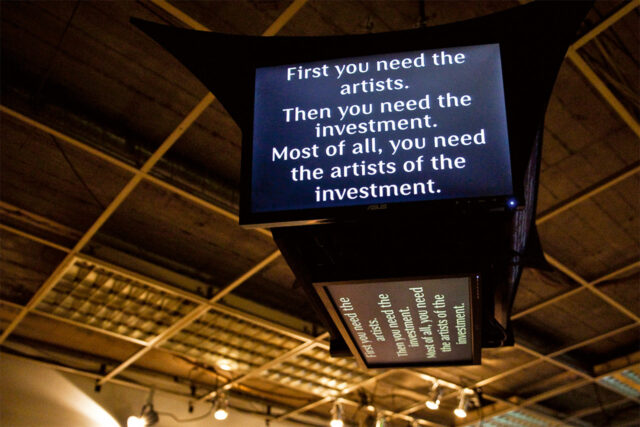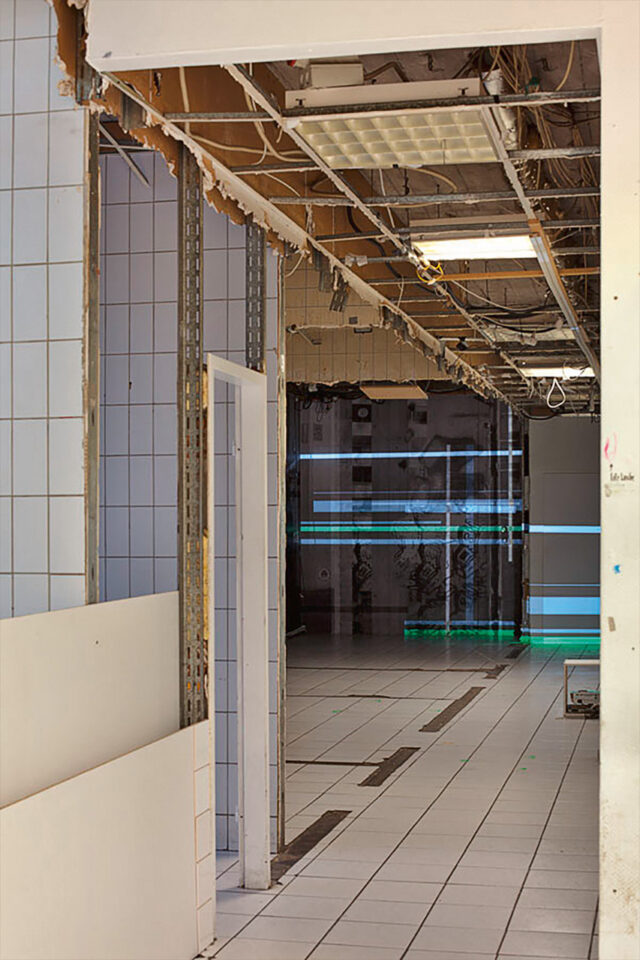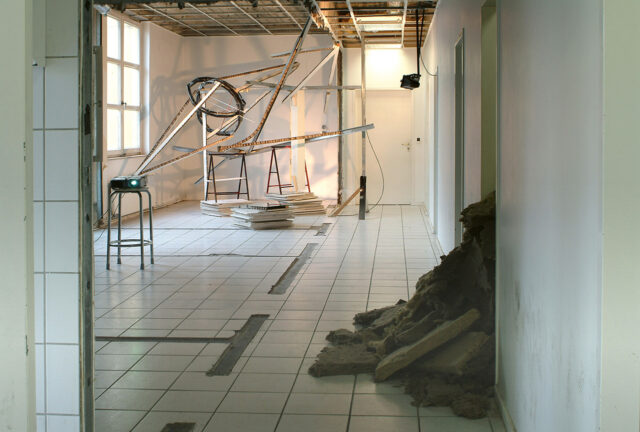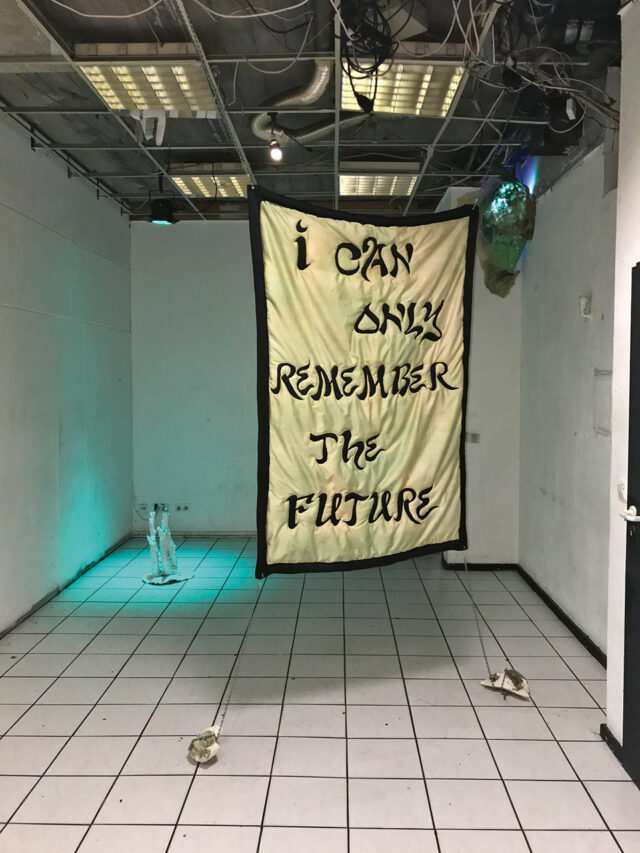
KNICK-KNACK TO THE FUTURE Concept Store Performance von copy & waste, 2015 Foto: Stephan Kallage

“White Wash”, mit Astrid Busch, Alexandra Schumacher, Kym Ward, 2014
Foto: Stephan Kallage

Foto: NOrthEurope/WestGermany,
Stephan Kallage

Foto: NOrthEurope/WestGermany,
Stephan Kallage